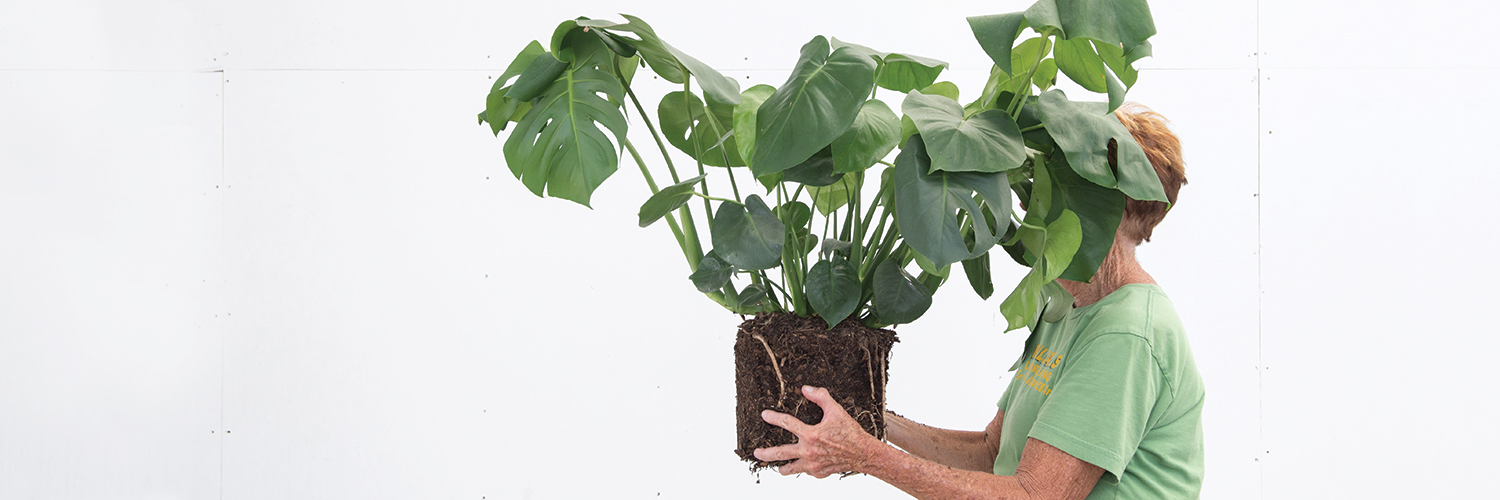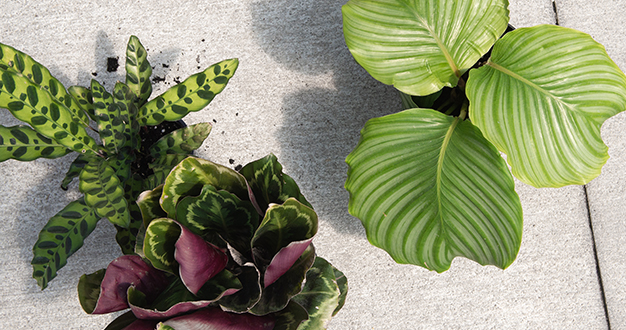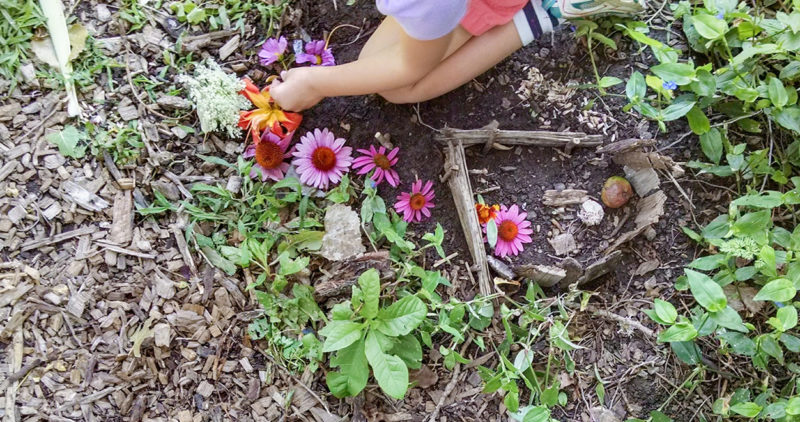
Any houseplant adds beauty, personality, and the fun challenge of taking care of a living thing to our homes. But, a few plants stand out from the pack and are getting extra attention from collectors. Here, we have a countdown of the top houseplants that have been fascinating people across the country recently – along with some quick care tips to keep them happy and healthy in your home.
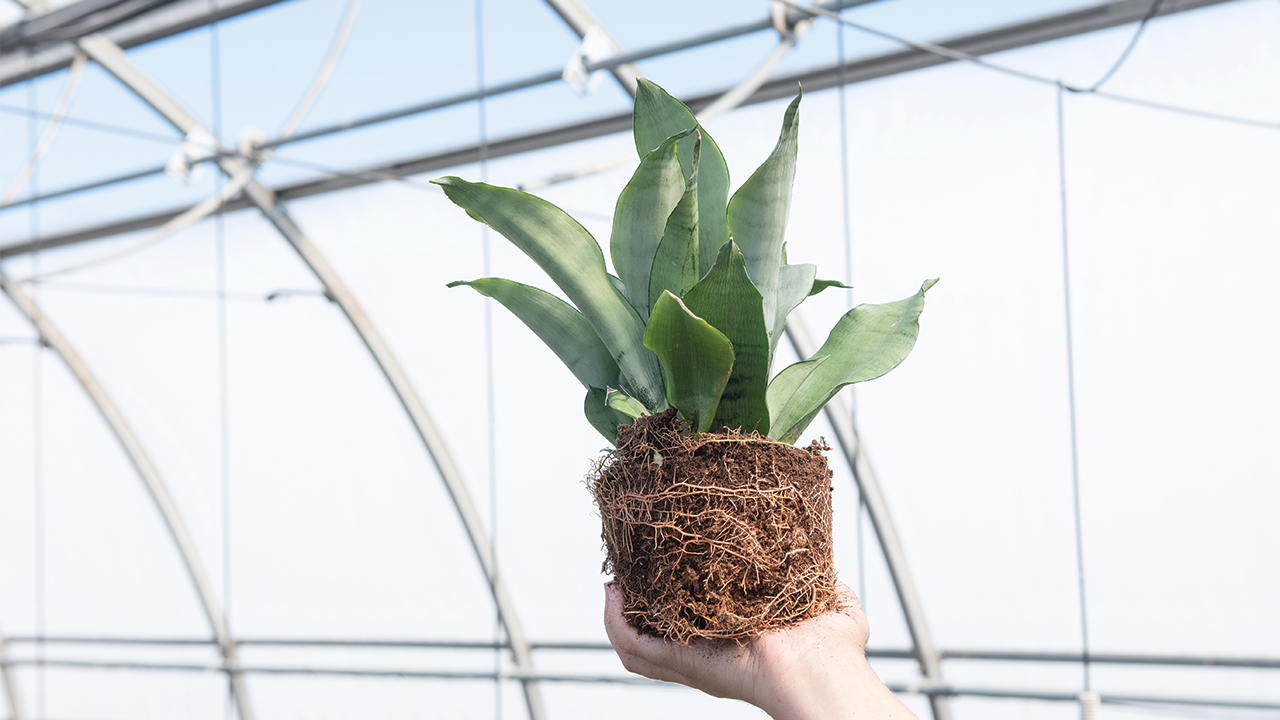
8. Sansevieria trifasciata ‘Moonshine’
Like most sansevierias, ‘Moonshine’ is an easy-care, adaptable houseplant that fits right into almost any home environment. But its broad, silvery-green leaf blades – with faint striping and narrow green margins – will make it a standout in your collection. ‘Moonshine’ can thrive in low indoor light, but to keep that interesting ghostly color, a brighter spot is better. And being a succulent, this sansevieria prefers fast-draining soil allowed to dry out somewhat before each watering.
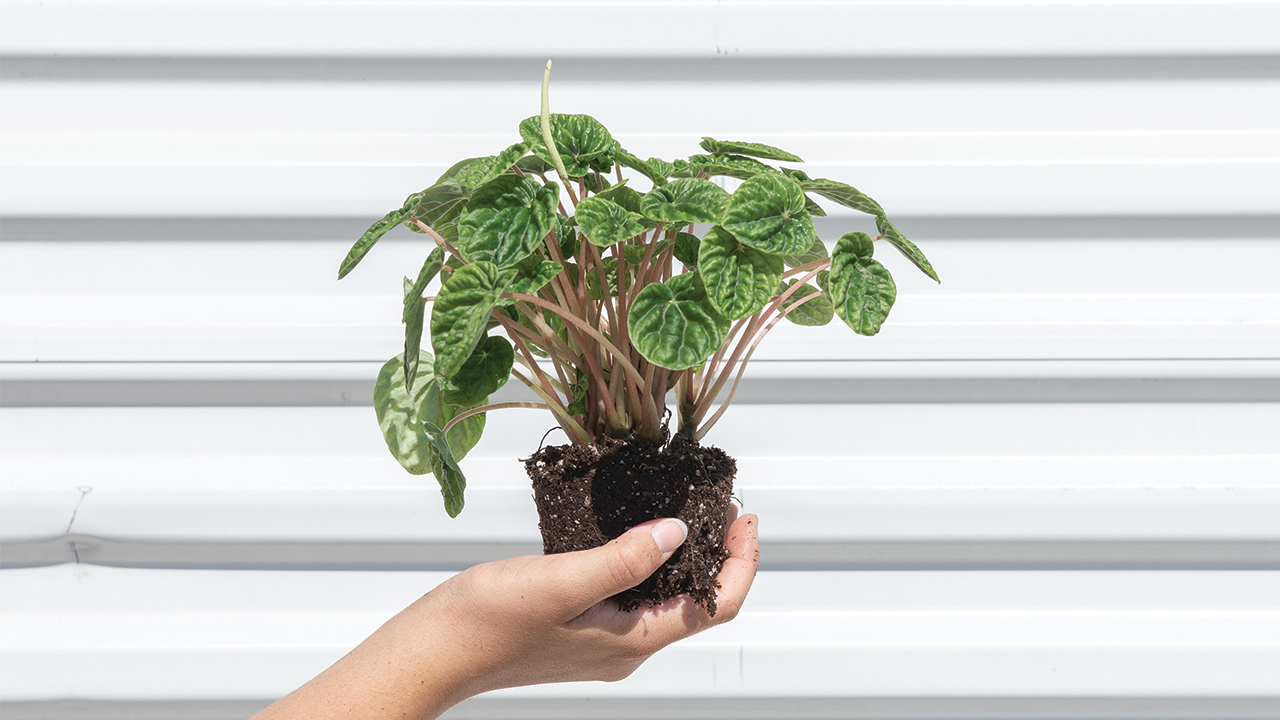
7. Peperomia caperata ‘Emerald Ripple’
The ripple peperomia is a little plant that grabs a lot of attention. Its thick, heart-shaped leaves have an interesting corrugated texture, and darker coloring follows each of the many rippling folds. Peperomias are thought of as “semi-succulent,” so they’re a little sensitive to overwatering – let their soil dry out quite a bit between drinks. Ripple peperomia thrives in bright, indirect light – like near an east window – but it does quite well in an office under bright fluorescent light too.
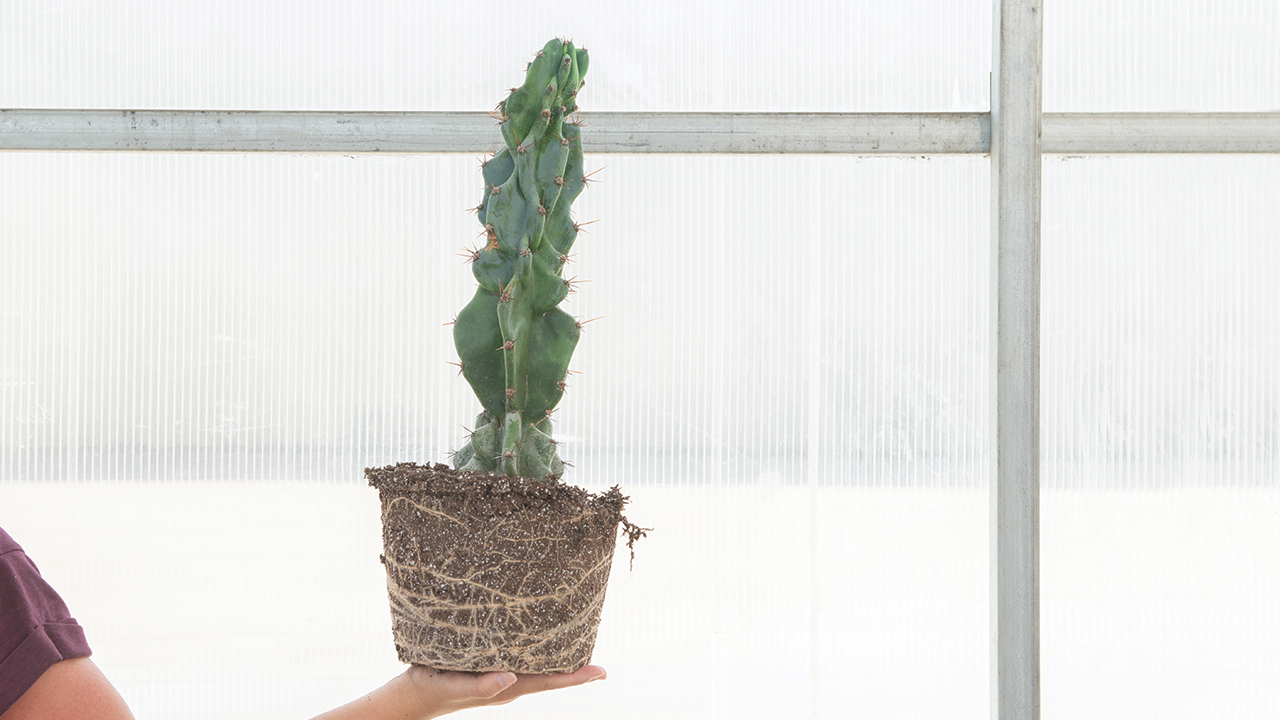
6. Cereus peruvianus ‘Monstrosus’
This statuesque cactus has tall, grayish-blue columnar stems with irregular, longitudinal ribs and assertive, pokey spines. It certainly makes a statement in your home and draws lots of attention. Like most cacti, cereus likes a lot of bright light – even some direct light if possible – and would enjoy time outdoors during the summer too. But, this cactus does prefer a little more soil moisture than most cacti, so a well-draining cactus soil with some additional organic matter added is recommended – like a professional potting mix for instance.
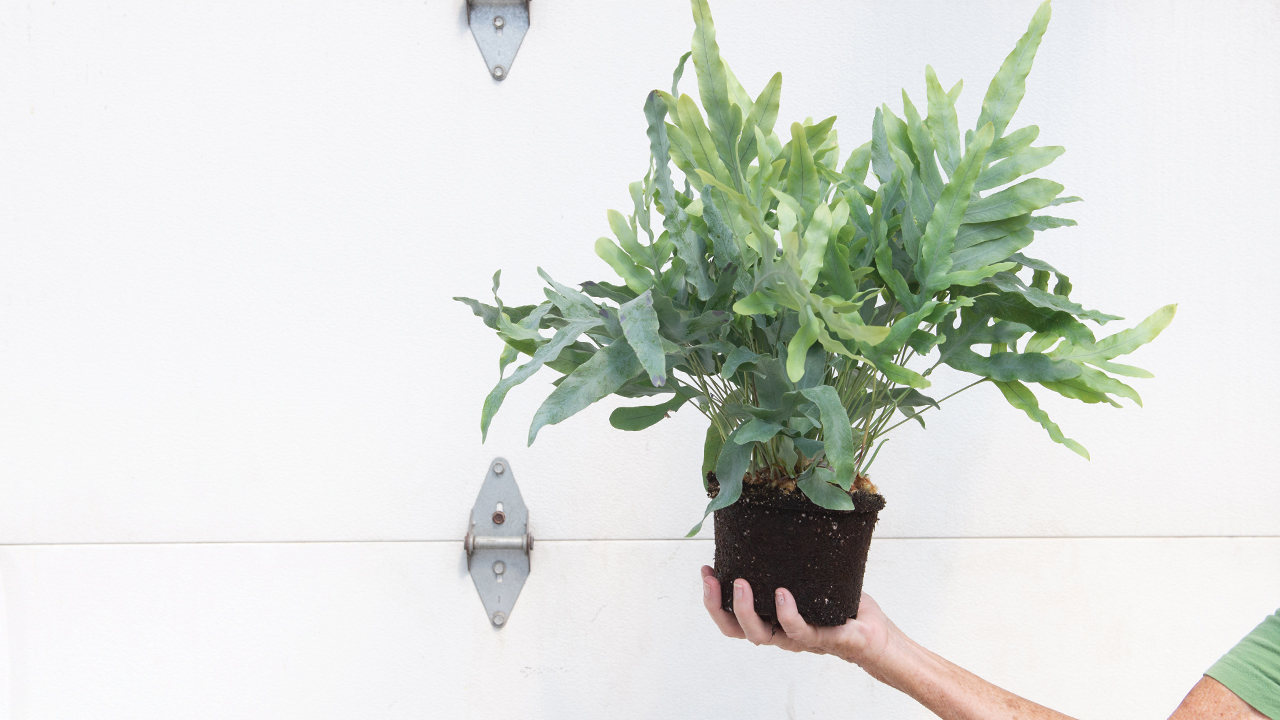
5. Phlebodium aureum ‘Blue Star’
Phlebodium aureum ‘Blue Star’ is an easy-care fern with lots of personality. Its abundant fronds resemble hands or deer antlers and display a range of ethereal, blue-green shades on one plant. In its native habitat, ‘Blue Star’ fern is an epiphyte – meaning it grows on other plants for support and gathers the nutrients and moisture it needs from the air or rainfall. Because of this unique lifestyle, ‘Blue Star’ fern prefers consistent soil moisture but also good drainage – a loose, fast-draining mix like we use for orchids is perfect. They’re used to living under tree canopies too, so filtered, indirect light is best. And they prefer a little extra humidity too – find a spot near the kitchen or in a bathroom, place your plants on a pebble tray with water, or mist them occasionally to keep them feeling their best.
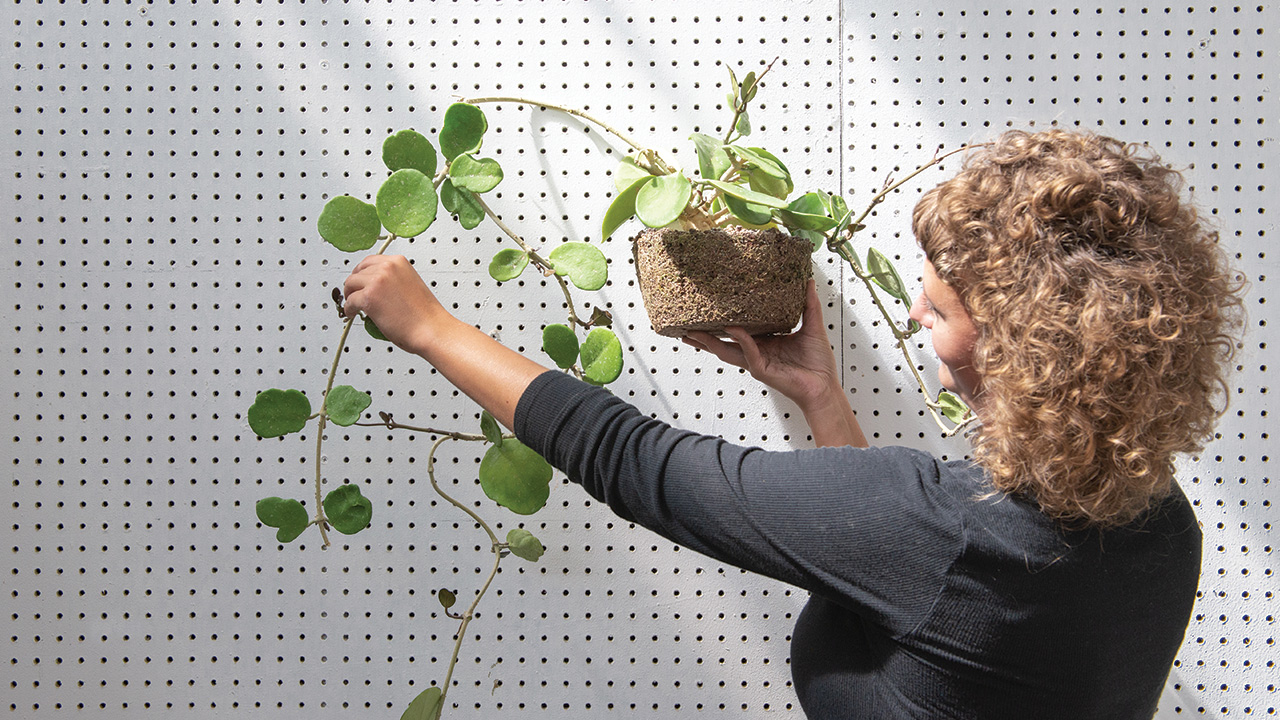
4. Hoya obovata
Hoya obovata is a quick-growing succulent vine with loads of thick, sometimes speckled, oval leaves along strong stems that sprout out in different directions from the base. Occasionally, you’ll see clusters of fragrant, porcelain-like, pink and white flowers too. H. obovata prefers bright, indirect light, well-draining soil, and the chance to dry out somewhat between waterings.
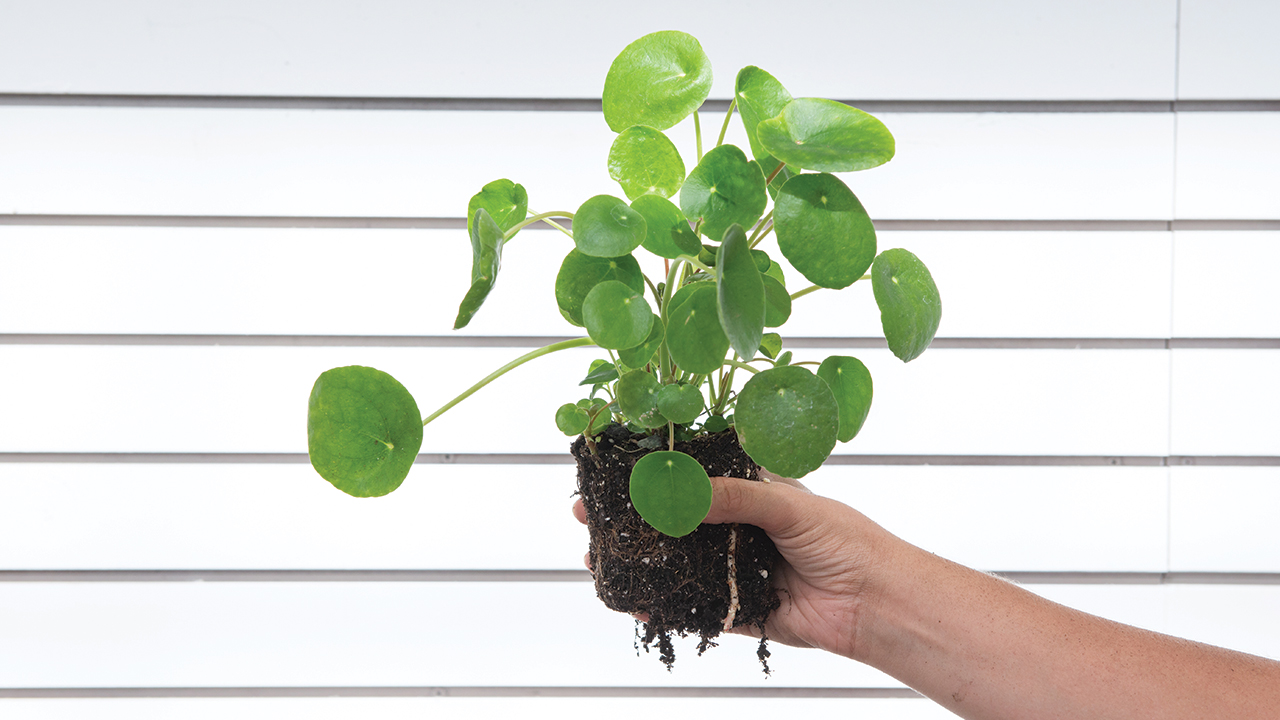
3. Pilea peperomioides
With its unique circular leaves and friendly appearance, Pilea peperomioides has been one of the most highly sought-after houseplants in recent years. This pilea likes lots of bright, indirect light, well-draining soil, and the chance to dry out just a little before its next drink. And be sure to rotate your pilea every few days – it likes to lean toward the light and turning it will keep an even shape.
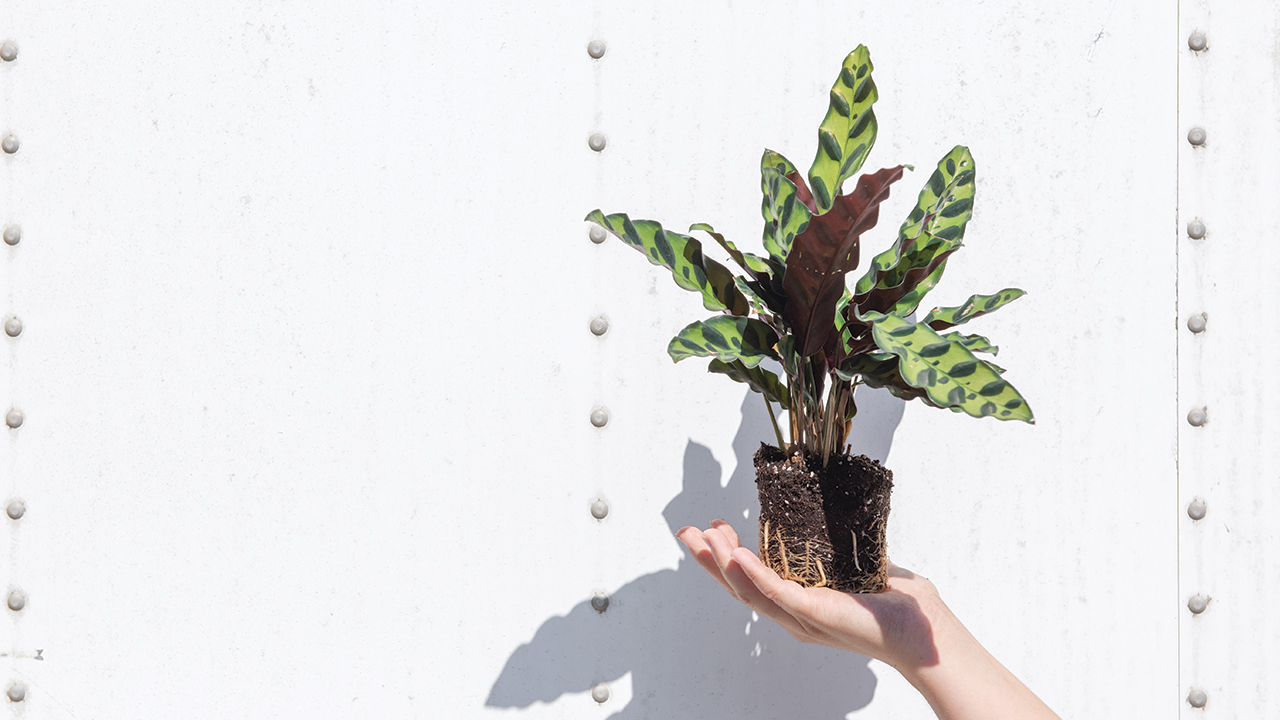
2. Calathea lancifolia
This beautiful calathea – commonly called rattlesnake plant – has long, lance-shaped leaves with a spring-green background overlaid with a distinct pattern of dark green, oval spots. Turn a leaf over and you’ll see its purple underside too. This calathea loves bright, indirect light, good drainage, and consistent moisture in its soil.
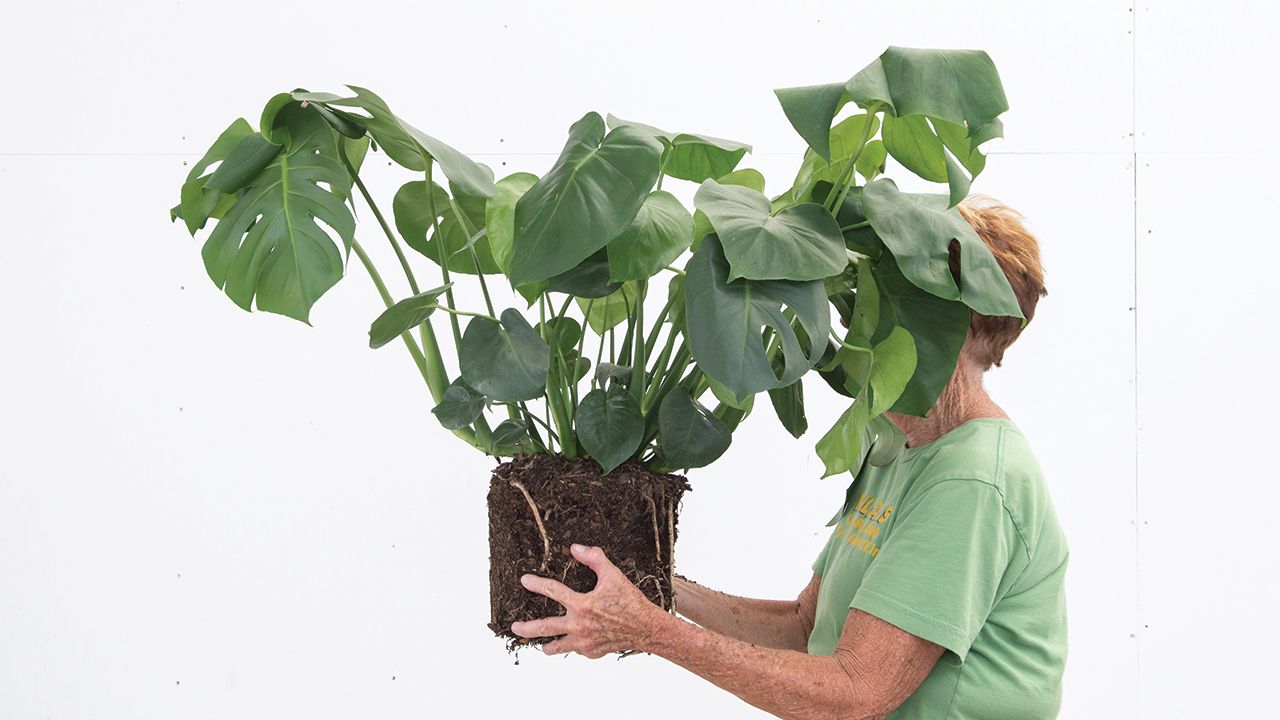
1. Monstera deliciosa
It’s hard to imagine a houseplant with more character than a big, beautiful Monstera deliciosa. Their broad, flat leaves are perforated with interesting holes and splits that make them a favorite of plant owners, photographers, and artists. In their natural habitat, monsteras climb tall trees, looking for the best light far up in the canopy, and they’ll keep up this wandering habit in your home too. Monsteras don’t need direct light – bright, indirect will do – and go ahead and let the top couple inches of soil dry a bit before the next watering. And if your monstera meanders too far away from the pot, give it a vertical stake or trellis to climb instead.

